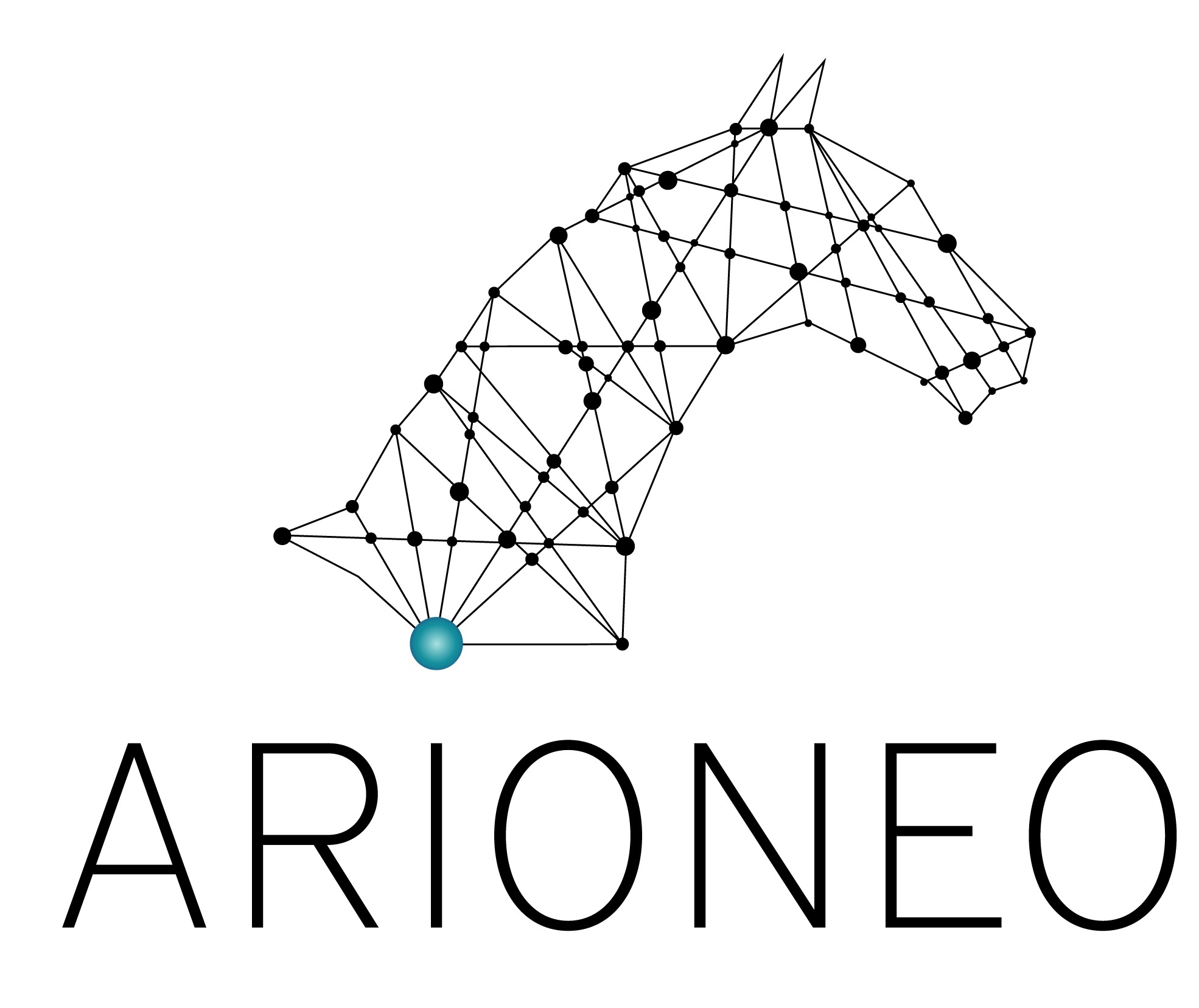Catastrophic Injury Prevention in Thoroughbred Racehorses
Species
Equine
Contact Hours
3 Hours - RACE Approval Pending
Language
English
Discipline
Diagnostic Imaging
Orthopaedics
Sports Medicine
Veterinary Partner
Equine



Recorded: 5th November 2024
Panelists:
Bruce Bladon BVM&S, CertEP, DESTS, DECVS, FRCVS - Donnington Grove Veterinary Group, UK
Chris Kawcak DVM, PhD, DACVS - Colorado State University, USA
Mathieu Spriet DVM, MS, DACVR, DECVDI, DACVR-EDI - School of Veterinary Medicine, UC Davis, USA
Moderator:
Chris Whitton BVSc, FANZCVS, PhD - The University Of Melbourne, Australia
PANEL DISCUSSION DESCRIPTION
Catastrophic fractures of horses are a major threat to the racing industry. This has driven racing authorities to explore and, in specific cases, implement methods for managing the risk of horse deaths on racetracks. However, evidence-based practices are challenging to establish and implement. Despite this, the ability to identify pre-existing pathology has driven the use of imaging as an important risk management tool while supporting evidence continues to be gathered.
We have been able to assemble an international panel of experts to address the following critical questions:
- Which racehorses are at risk of catastrophic injury on the track and how do we identify them?
- What is the value of radiography for risk assessment?
- Can computed tomography (CT) determine if a horse is at risk of injury?
- What role does / could MRI and positron emission tomography (PET) play?
- Beyond imaging: Is it possible to determine injury risk through analysis of stride patterns and race performance?
- Reflecting on the Australian injury reduction strategy for specific high-profile races: what have we learnt and how will this inform future approaches to equine welfare in high-stakes racing events?
Bruce is the hospital director at Donnington Grove Veterinary Group in Newbury. His interests include colic, arthroscopy and fracture repair. He has been one of the pioneers of surgery in the standing horse, and he is one of the most experienced equine surgeons in the UK. He has lectured and taught around the world on the techniques and results of equine surgery. Bruce is currently President elect of BEVA.
More InfoDr. Kawcak is Professor of Orthopedics at Colorado State University. Dr. Kawcak is one of a team of researchers working to find ways to prevent and treat catastrophic injuries in equine athletes. Kawcak is assessing three-dimensional imaging techniques, MRI and CT to diagnose early joint disease and microscopic joint injuries before these develop into serious injuries. Working with researchers in biomedical engineering the team has developed biomechanical models to assess risk factors specific to each individual athlete with implications for human bone and joint disease.
More InfoDr. Mathieu Spriet is a Professor of Diagnostic Imaging at the School of Veterinary Medicine at the University of California, Davis. He obtained his DVM degree from the National Veterinary School of Lyon (France) in 2002 and a Master Degree from the University of Montreal (Canada) in 2004. He has been a diplomate of both the American College of Veterinary Radiology and the European College of Veterinary Diagnostic Imaging since 2007, after completing his radiology residency at the University of Pennsylvania. Dr Spriet joined UC Davis as a faculty member in 2007. He became a diplomate of the newly created ACVR- Equine Diagnostic Imaging specialty in 2019. Dr Spriet has over 75 peer-reviewed publications (full list of publications: https://www.ncbi.nlm.nih.gov/myncbi/mathieu.spriet.1/bibliography/public/). He is a frequent speaker at national and international conferences. His main area of interest is equine musculoskeletal imaging. He has pioneered the use of positron emission tomography in horses, leading to the development of a scanner specifically designed to image standing horses. He is a consultant for advanced imaging in racehorses at several racetracks in the USA, including Santa Anita and Churchill Downs. He serves as an expert on the Racing Victoria imaging panel.
More InfoChris is a leading researcher in equine orthopedics at the University of Melbourne, where he employs a multidisciplinary approach involving biomechanics, microstructural analysis, and epidemiology. His work integrates clinical focus, drawing on his expertise as a specialist equine surgeon at the Veterinary Teaching Hospital, where he has been since November 2004, investigating and treating lameness in horses.
Chris's journey includes specialist training at the University of Sydney, where he earned a PhD, followed by work as a specialist surgeon and scientist at the Animal Health Trust in Newmarket, England. He later ran his own referral practice and scintigraphy unit at the Newcastle Equine Centre from 1999 to 2004.
Chris has a strong track record of lecturing and publishing extensively on lameness and musculoskeletal injury prevention. His current research interests focus on equine limb function, subchondral bone, and mathematical modeling of equine limb injuries
More InfoQualified Vet
Online Panel Discussion
USD 95.00
Intern/Resident/PhD (Requires proof of status)
Online Panel Discussion
USD 70.00
Vet Nurse/Vet Tech (Requires proof of status)
Online Panel Discussion
USD 70.00
Veterinary Student (Requires proof of status)
Online Panel Discussion
USD 20.00
Non-veterinary Attendee
Online Panel Discussion
USD 70.00
If the options you are looking for are unavailable, please contact us.
No tax will be added unless you are a UK taxpayer
Choose currency at checkout




















